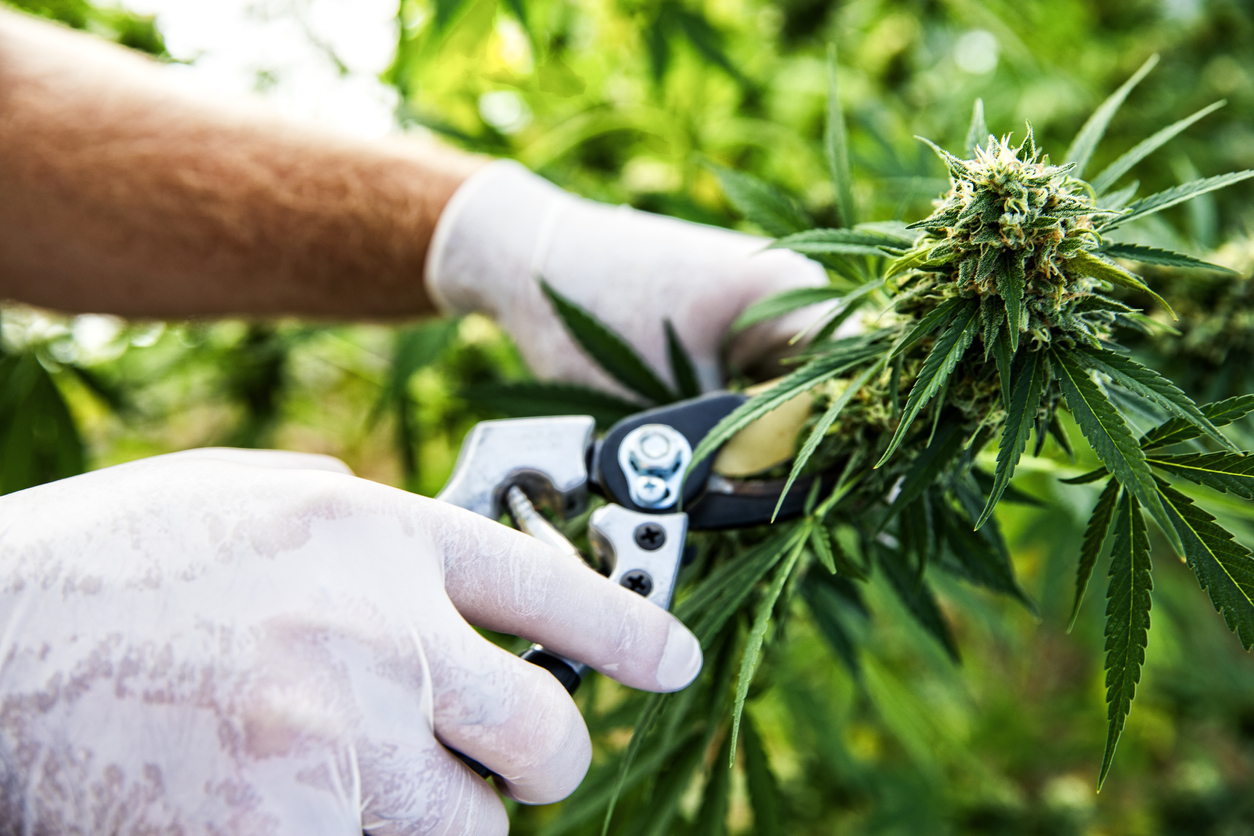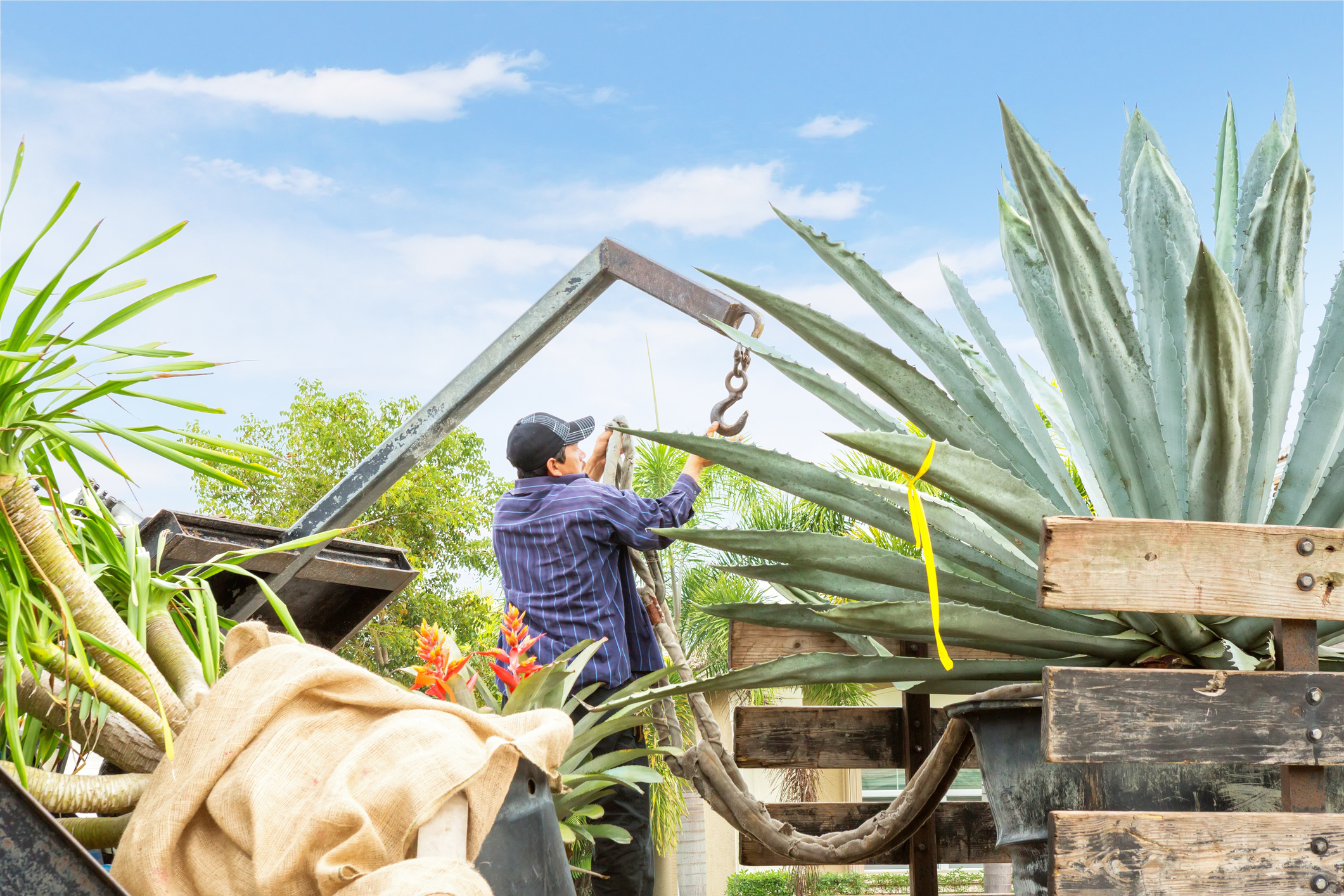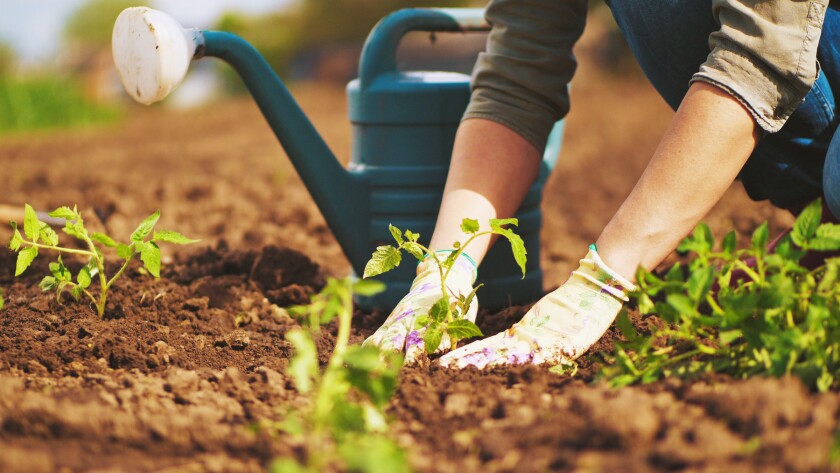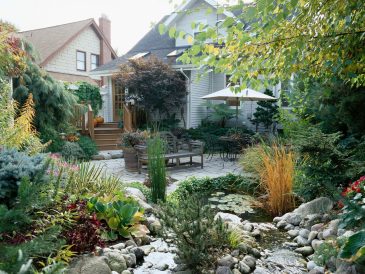Like all living things, trees and bushes are subject to a considerable variety of injuries. But, I must say, tree surgery has made great progress in recent years. And yet, there is not much that’s mentioned which prohibits us from rejoicing over the outstanding approaches to the age-old problems of preserving plants’ lives.
Thus, in the following series, I shall report on some of the significant and outstanding progress made in this field.
What Is It About Injured Plants?

A heavy fall of snow or sleet may blanket the trees, causing overladen branches to break off or split. Violent winds may rip off well-developed boughs. Insects such as bark beetles bore into the barks while gnawing animals such as beavers may strip off pieces of living tissue. With their cultivating tools or pruning shears or saw, gardeners may sometimes unwittingly produce grievous wounds. Most of the injuries caused by such mishaps are ragged, open sores which may become avenues of infection for rot-producing fungi and deadly disease germs. The bush or tree is likely to succumb to its injuries unless man lends a helping hand.
In caring for injured plants, we must bear in mind that under the proper conditions they can produce new tissue in the damaged areas. The source of supply is the healthy tissue that grows around the site of the wound. Generally the first sign that healing is taking place is the appearance of a whitish substance over the surface of the injured area. This substance, which is called the callus, is formed from the inner bark and other tissues. It protects the wound surface from drying out and also guards it against the entry of insects and fungus growths. From the callus tissue there eventually develops a new mass of special cells and these replace the ones that have been lost by injury.
Many times when limbs are broken off, new ones are regenerated from buds. These special organs are made up of tissue that can grow rapidly and that will develop into different plant parts. In a normally growing plant, many buds remain inactive or dormant. The food supply of the plant is sent to the actively growing stems, leaves or flowers and the dormant buds receive only enough to keep alive.
When a branch is removed from a tree, the food supply to that member is naturally cut off. It is diverted to the dormant buds located on the main branch or on the trunk in the vicinity of the injury. With an increase in the food supply, accompanied by stimulation from various hormones, the once dormant buds enter upon an active career and begin to develop into new branches. Often a severe injury to a tree will cause buds to form in areas where formerly there were no buds at all. For example, a tree may be cut down so that only a stump is left. In the course of time a number of buds, called adventitious buds, will develop and give rise to new stems.
Both the healing of injured tissue and the regeneration of lost limbs can take place only if the proper conditions are provided. Harmful insects and other organisms must be kept at bay with adequate spraying. The soil in which the plant grows must be fertilized so as to provide the basic food elements. There must be an adequate supply of water and the chemical substances called hormones, which initiate and control growth must definitely be present. The plant must have sufficient food reserves, in the form of the carbohydrates and proteins that it has itself manufactured in the green leaf. Plants must be transplanted from the area if it is so crowded that individual plants do not obtain enough water and essential food elements. In other words, man must often supplement nature.
So, that my friend was just an introduction and in the next articles, we shall deal with some of the methods that man has devised to treat the injuries and diseases of plants.





